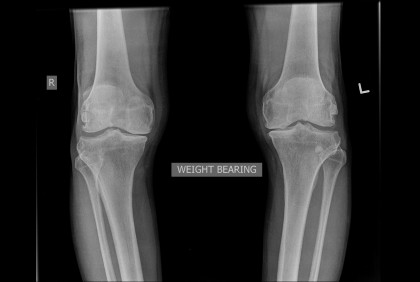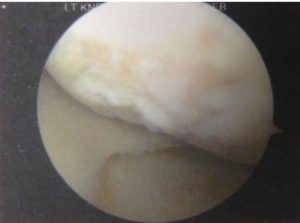Osteoarthritis Of The Knee

Dr Paul Thng Leong Keng 
MBBS (Singapore)
FRCS (Edin)
FRCS (Glas)
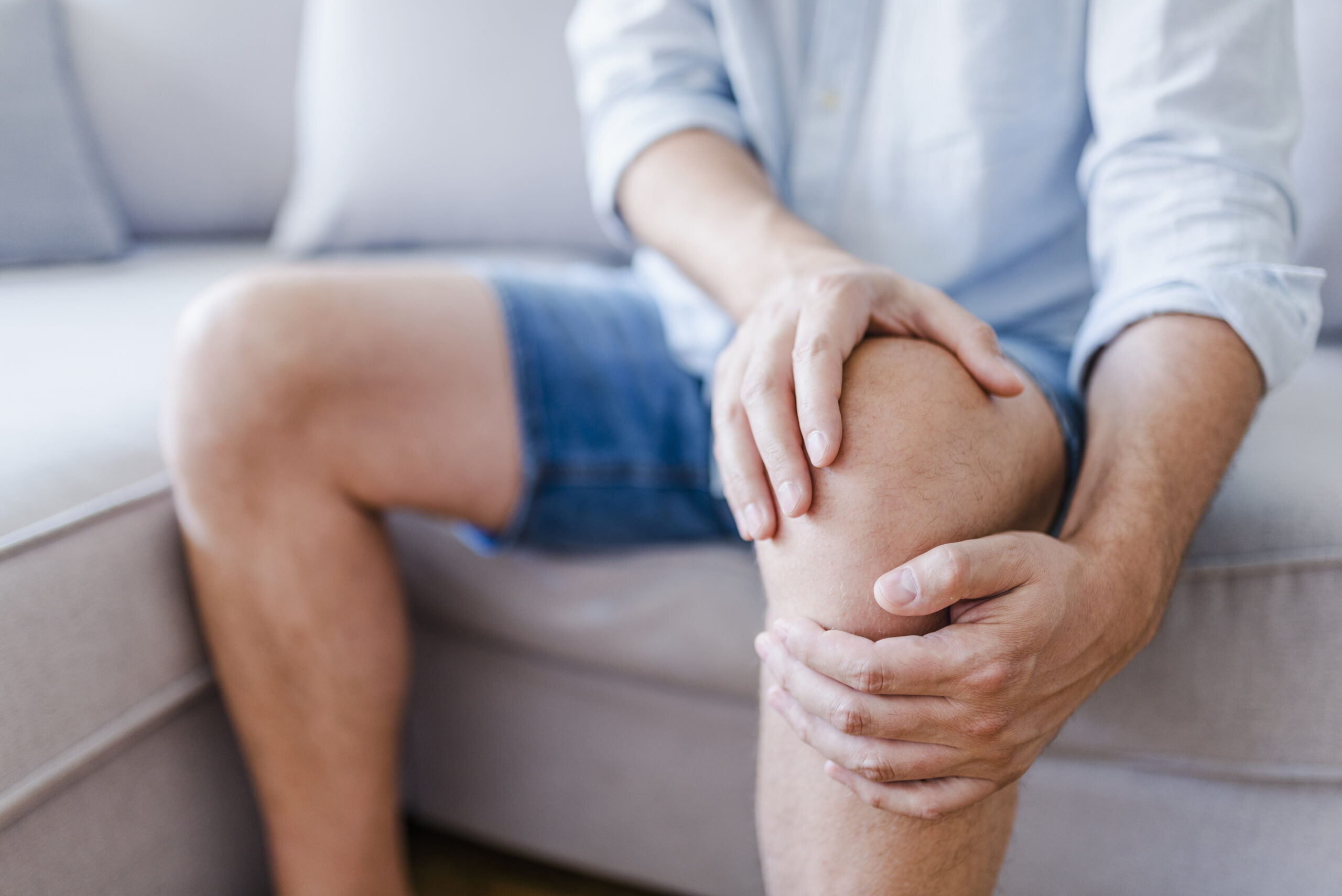

Introduction
Osteoarthritis is a degenerative joint disorder in which there is progressive loss of articular cartilage in the knee, resulting in increasing pain and stiffness, bone spurs or osteophyte formation. It can either be:
- Primary; when there are no obvious causes and hence likely degenerative in nature.
- Secondary; when it follows a cause (e.g. gout and other inflammatory arthritis, knee deformities, traumatic, untreated infections etc)
It is important to identify possible secondary causes because if left untreated can lead to increased degeneration and worsening arthritis.
Pathology
Osteoarthritis of the knee increases in frequency with age. The most common reason is because of cartilage degeneration, with decreased cellularity and reduction of the ground substance in the matrix. This results in fraying, splitting and breakdown of the cartilage. This can be seen in X-rays with narrowing joint lines. Sometimes one side of the joint can be affected more than the other, as seen in the X-ray below (fig 1). Reaction of the surrounding bone results in bone spurs (osteophytes), subchondral sclerosis and bone cyst formation, which are also usually visible on X-rays.
With damage to the cartliage (fig 2), the sensitive underlying bone is exposed. The bone contains senstive nerve endings which are no longer protected by the artilage, and over-stress with lead to pain.
Presentation
Osteoarthritis of the knee can often present in an intermittent fashion, i.e. with symptoms for a period followed by a period of remission (i.e. symptom-free). Common symptoms experienced are pain, swelling, increased stiffness and decrease range of motion (e.g. difficulty squatting). In severe situations deformity may occur.
Principles of Treatment
Control and reversal of possible causes of cartilage injury
Pain control with medication and other physical methods
Appropriate mobilization
Joint injections
Arthroscopic surgery
Joint replacement surgery
Example of a patient with a bilateral joint replacement
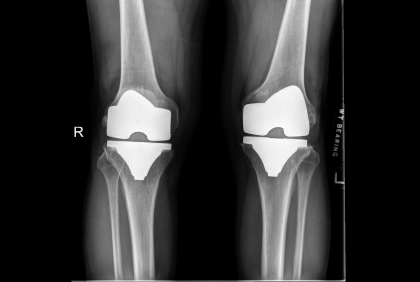

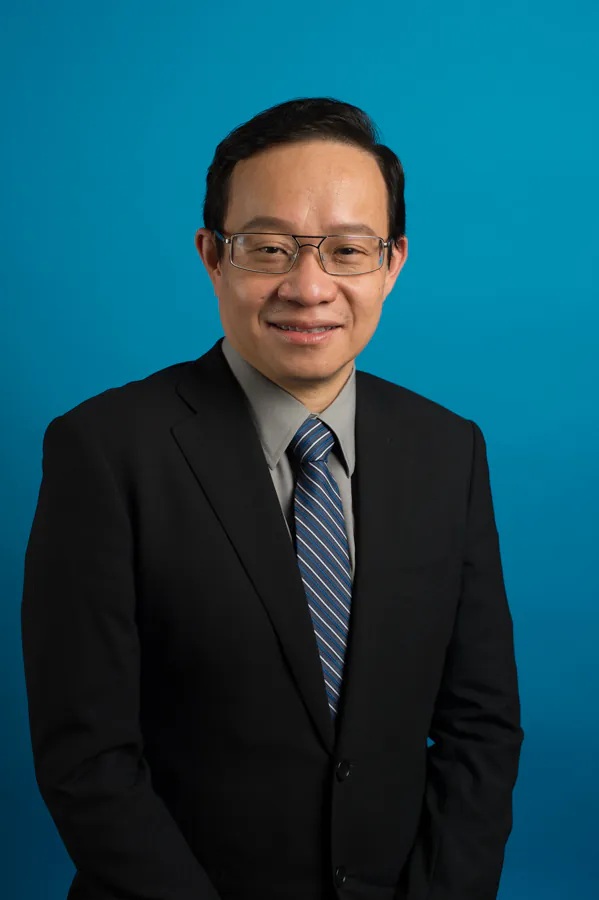

Dr Paul Thng Leong Keng
Dr. Thng has been recognized for his work internationally and has been invited to demonstrate live spine surgical and operative skills in several countries.
- Senior Consultant and Medical Director, PTL Spine & Orthopaedics Clinic
- Visiting Senior Consultant Orthopaedic Surgeon, Changi General Hospital
- Adjunct Associate Professor, National University Hospital
- Trustee, AO Foundation
- Associate Editor, Global Spine Journal
- Scientific Reviewer, Singapore Medical Journal and Annuals of the Academy
Dr Paul Thng Leong Keng is a fellowship-trained orthopaedic surgeon subspecializing in spinal surgery. Based on hospital OTM records from 2003-2013, he performed over 3000 operations and over 1200 spine procedures, both open and minimally invasive. He has held various prestigious positions such as the Head of Spine service at Changi General Hospital, Chairman of AOSpine East Asia, and Executive Member of AOSpine International Board.
Dr. Thng has been recognized for his work internationally and has been invited to demonstrate live spine surgical and operative skills in several countries. He continues to contribute to the field through research and serves as an associate editor of the Global Spine Journal.
PTL Spine & Orthopaedics
Mount Elizabeth Novena Specialist Centre
38 Irrawaddy Road #07-34
Singapore 329563
Make An Appointment
For enquiries or feedback, please fill the following form below and we will get back to you as soon as we can.
